The life of a person with arthrosis is divided into "before" and "after". Before the illness, there were large and small joys, sometimes insignificant problems. After that, only a daily struggle and silent despair have remained that normal life will never return. But you can solve the problem forever!
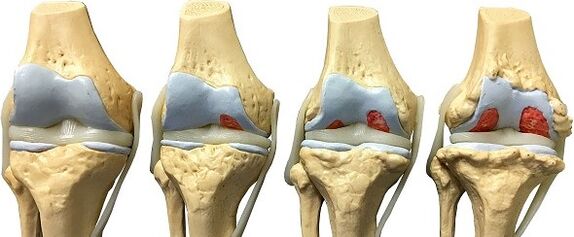
What is arthrosis
This is a joint disease, when joint cartilage is destroyed over time, bone joint ends are modified, the degenerate periastate tissue and inflammation is actively flourishing.
Causes and Development
Arthrosis can develop due to excessive loads or joint injuries. In any case, the process is accompanied by a decrease in the amount of proteoglycans (special complex proteins). Due to a decrease in the number of proteoglycans, the joint loses water, since it is these molecules that maintain it. As a result, "dry" cartilage loses elasticity and elasticity, it becomes rough and dry. Because of this, abnormal friction occurs as a result. Due to friction, the joint is "erased", the cartilage becomes thinner, becomes thinner. Due to constant microdamines, growths are formed in joint osteophytes. The last stage is the complete disappearance of the cartilage.
By mistake, people take osteophytes for "salt", which must be "dispersed". But they are not salt deposits and there is nothing to disperse in the joints.
Risk factors for arthrosis determine their causes. Note that if there is a factor (for example, the age of 50), arthrosis may not occur, but the chances of its appearance increase in the presence of 2 or more reasons, for example, a 50 -year -old injury. All factors can be divided into non -genetic and genetic, external and internal.
Internal factors:
- Age. Over time, regenerating body ability decreases and cellular activity decreases. For this reason, collagen reproduction decreases, synovial fluid in the joints becomes smaller.
- Violation of metabolism. Several metabolic disorders can lead to arthrosis. The most common reason is a decrease in estrogen and diabetes levels. Several metabolic pathologies are also leading to arthrosis.
Mineral and vitamin deficiency. Everything is clear here. If there is no receipt of the necessary substances, the collagen and other substances will simply have nothing to be synthesized. The pathology can develop against anomalies in substance assimilation. - Overweight. A little affecting the reason, since arthrosis occurs only due to overweight, a person needs to have weight much more than 150 kg. But it also influences, increases the likelihood of developing arthrosis.
- Violation of bone development, joints. Such anomalies may appear not only because of heredity, but also for other reasons. Development pathology is not a sentence, subject to certain arthrosis rules will never emerge.
- Arthritis. In the inflammatory process, the blood supply for the joint is disturbed, the composition of synovial fluid changes and cartilage. Note that after getting rid of arthritis, the risk of developing arthrosis remains until the composition of joint fluids and tissues return to normal.
- Joint heart attack. Otherwise, aseptic necrosis of the joint. It develops with thrombophilia - blood trends for the formation of blood clots. But usually thrombophilia does not lead to an articulation, so the development of arthrosis requires the participation of other causes.
- Chronic stress. Depression and prolonged alarming conditions lead to a decrease in regeneration level, a decrease in body protection properties. The probability of developing any disease, not just arthrosis, increases.
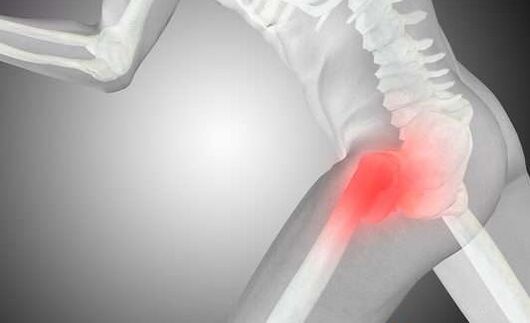
External factors:
- Wound. This includes various types of dislocations, damage to the joint scholarship, the bone base of the joint. Such lesions rarely occur and, with proper treatment, pass without a trace. But in the presence of other factors, arthrosis may occur.
- Excessive load at the joint. It occurs in professional athletes or between workers who pass long distances. But this factor, subject to the coach's recommendations and, in the absence of other factors, rarely leads to arthrosis.
- Surgical interventions(Meniscectomy and others). After operations, patients receive drug therapy, bed rest, other procedures to reduce the risk of complications. With its violation, the probability of arthrosis increases.
The main symptoms
The diagnosis of arthrosis is quite simple, even a unprepared person can do so, just understand the types of joint pain.
Types of joint pain:
- The pain occurs and increases with the load, weakens at rest;
- If the patient is placed and the other person will double his limb, the pain will occur as usual (due to joint friction);
- Work pain increases gradually, with the course of the disease, intensifies.
Another characteristic symptom is a dry crisis in the joint when moving. Usually the joints also crunch, but the sound of a healthy articulation is sound and sharp, the joints do not hurt. With arthrosis, the crisis is dry, at first is heard badly, but follows the movement constantly. At the same time, a person experiences intense pain.
With the development of the disease, other characteristic symptoms appear: low mobility, joint deformation. The X -ray image shows a decrease in the joint gap, the growing bones in the bone heads, their deformation.
Arthrosis usually occurs in knee and hip joints, as they are experiencing increased loads. Less commonly, it occurs in the shoulder and elbow joints, fingers or legs. There is a variety of widespread arthrosis in which all joints of the body are affected at the same time.
Disease stages
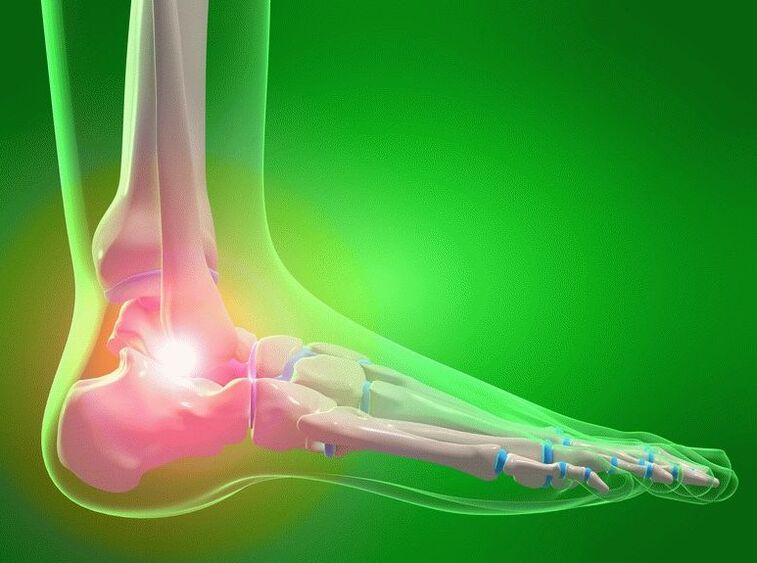
With arthrosis, joint cartilage, bones and fabrics adjacent to them are damaged. The stages of arthrosis are distinguished, depending on the degree of damage to the joint.
1st stage
At this stage, degenerative processes affect only collagen fibers and proteoglycan molecules in cartilage. Due to the change in the composition of the cartilage or synovial liquid, pathological friction occurs, which leads to painful sensations. The pain occurs after intense physical effort, at rest disappears. The joint movements are not yet difficult, the changes are not related to muscle fibers, joint bag and surrounding blood vessels. At this stage, changes are not visible at root X or are insignificant.
Stage 2
Due to abnormal friction, cartilage loses the properties of elasticity and strength, gradually thinner and no longer protects bone heads. As a result, they are flat, because the area of your contact increases. On the edges of the joint platform, growths are formed - osteophytes that are clearly visible in an X -ray image.
At this stage, the pain pursues the patient not only with cargo, but already with smaller movements. Peace does not give complete relief, although it can reduce pain. The articulation partially loses mobility, the patient himself also tries not to carry the affected limb.
Due to the lack of mobility, the blood supply for the worsening joint. As a result, the composition of synovial fluid changes becomes viscous, loses lubricating properties that accelerates the course of the disease. X-ray shows a decrease in joint gap lumen by 50-70%, joint deformation becomes noticeable.
Stage 3
At this stage, the cartilage disappears completely or partially. Articulation mobility disappears, the patient experiences intense pain not only when moving, but also at rest. Articular gap and synovial fluid disappear and the wrinkles and atrophies of the joint bag. At this stage, only surgical treatment is possible with replacing the joint with an artificial prosthesis. If this is not done, angillosis will occur with the impossibility of movement.
Treatment Methods
Even with 100% dedication of the doctor and the patient, the articulation is completely restored only in 1 stage of arthrosis. In 2 steps, bone deformation is observed, so it will not work to return the joint to the joint. But you can postpone the operation for a long time, or even avoid it completely. Arthrosis stage 3 is treated exclusively surgically.
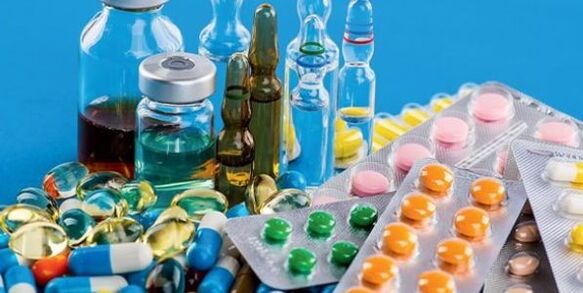
In the treatment of 1 and 2 stages of arthrosis, many methods are used. First of all, it is medicine treatment. Several physiotherapy, biological treatment methods, massage are also used. With overweight, food normalization is required.
Symptomatic therapy
To eliminate pain, non -esteroid anti -inflammatory drugs are used. All funds have many against -indications, in addition, they are not recommended for prolonged use, as they worsen the synthesis of proteoglycans in the joint.
For pain relief, it is best to use selective anti -inflammatory drugs. They do not cause complications, have few against -indications and can be vaguely accepted for a long time. To improve blood circulation, you can use vasodilators or local irritating ointments.
Specific therapy
It consists of taking the chondropoprotector (glucosamine and chondroitin sulfate) - medicines for cartilage restoration. Glucosamine stimulates the activities of chondrocytes, and is a prime subject to create proteoglycan molecules. Chondroitin sulfate increases the ability of proteoglycan to grasp and hold water. It also stimulates the formation of collagen fibers and blocks the dissolving enzymes.
Hyaluronic acid intra -articular injections are also used. It is a prime matter for collagen fibers and an integral part of synovial fluid. The treatment method is common and proved its effectiveness. To get the specific therapy effect, it takes a lot of time-1-1, 5 years, until the cartilage is completely restored.
Surgery
The most recent and most radical method of arthrosis treatment. During the operation, the affected joint is disconnected, the joint head and the joint bed are removed. In its place, an artificial articulation is placed with a titanium head and a accommodation made of high resistance polyethylene. The whole structure is fixed on bones with the help of pins.
The operation to replace the hip or knee joint is complex and dangerous. It often leads to complications (pulmonary thromboembolism, infectious diseases). Even with a successful operation, the prosthesis "breaks" over time and requires replacement. This happens a maximum of 10 to 15 years, and the minimum period is 1 to 3 years.
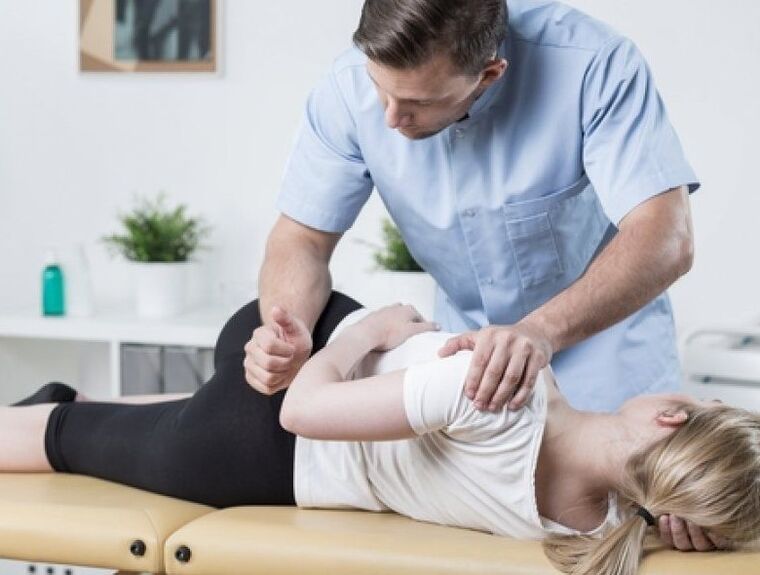
Other procedures
Many procedures aim to eliminate harmful friction in the joint, improving blood supply. Treatment methods, many of all should be used comprehensively or alternating. We will analyze only some of the most effective treatment methods:
- Manual therapy. In the process, the manual therapist "stretches" the joint, reducing the pressure with the cartilage. The procedure should be performed frequently and regularly, but the effect appears immediately.
- Another way to lixivize the articulation -hardware traction. It is effectively used in the knee joint, the knee is stretched on a special table using the device. There are 2 enough courses per year to 10 to 12 sessions per course.
- Therapeutic massage. After the procedure, the circulation of the joint fluid improves, the blood supply increases and the plasticity of the joint increases. Massage is against -indicated in inflammatory processes.
- Ultrasound therapy. With ultrasonic vibration, there is a "massage" of muscles, blood vessels and cartilage tissue. Ultrasound accelerates metabolism due to biochemical exposure. It also has a thermal effect when the mechanical energy of the sound goes into thermal energy.
- INExercise therapyWith arthrosis, many exercises are included, including unusual training, used exclusively for arthrosis.
Here is an example of exercises about which the Specialized Doctor of Arthologs speaks with explanations for each exercise.
Arthrosis
For a long time, it was believed that irregular nutrition leads to arthrosis and can be cured with a diet. Today it was completely clear that nutrition was not directly related to arthrosis.
Obviously, overweight is one of the factors that accelerate the course of arthrosis; Therefore, diets are useful, but only for a certain circle of people. Nutrition standardization for arthrosis should be understood as taken from overweight.
Weight reduction is especially important for people suffering from gonarthrosis, because the main weight of the body is on their knees.

By losing weight, you need to understand and use various rules that will simplify the task and ensure the result:
- Psychological work. The desire to "eat firmly" arises due to certain psychological attitudes, as well as the desire to reward or calm the nerves with the help of sweet. Such psychological problems deprive weight loss and increased stress exacerbates the situation. Losing weight without solving psychological problems will only give a temporary effect.
- No weight loss, but normalization of food. The main cause of overweight is inadequate nutrition. If you lose body weight but do not eliminate the unbalanced diet, after a while the person gains weight again. It is necessary to remove the root from the problem. That is, it is necessary to normalize nutrition not for a certain "weight loss period" but forever.
- Gradual introduction of all rules. It is very difficult to lose weight psychologically; Therefore, all rules of a healthy diet should be introduced gradually. First, a rule is introduced (for example, not after 19: 00), after you are used to one rule, introduce another.
- Must be tracked out of the menuFried meat, any dishes prepared in oil, confectionery products made of white flour. You need to eat more vegetables, fruits, simple cereals in water. It is advisable to divide the daily diet into 5-6 meals, refuse to eat 3-4 hours before bed, drink more water.
Arthrosis is a terrible disease, but with a systematic and timely approach to treatment, it withdraws itself. To defeat it, you need to know its essence, development mechanisms, risk factors and causes of development. If you use all recommended therapy methods, healing arthrosis will be quite simple.























